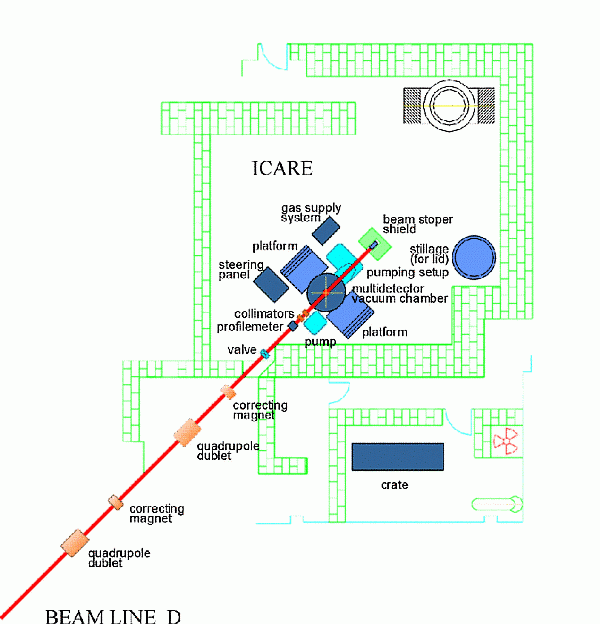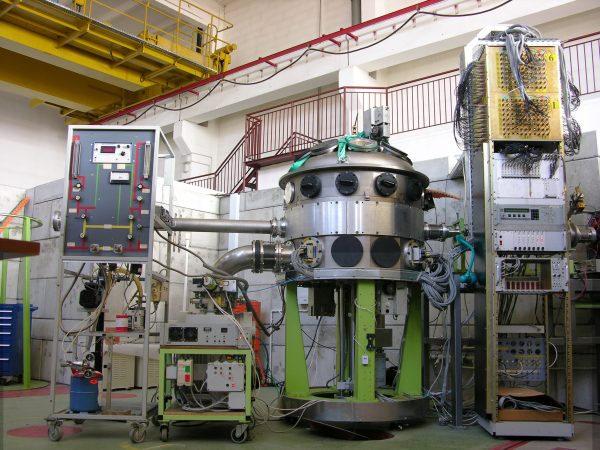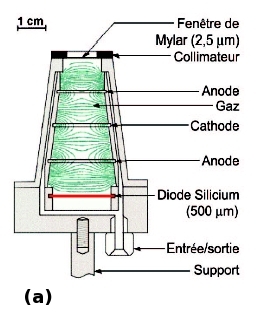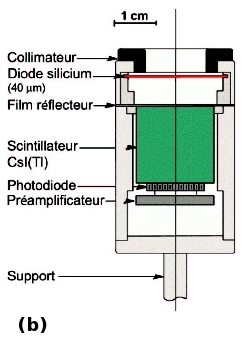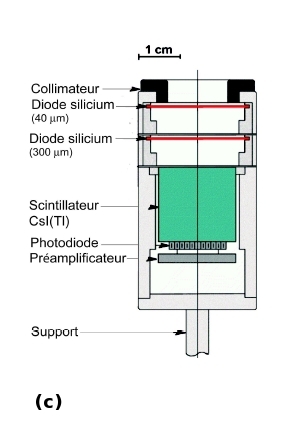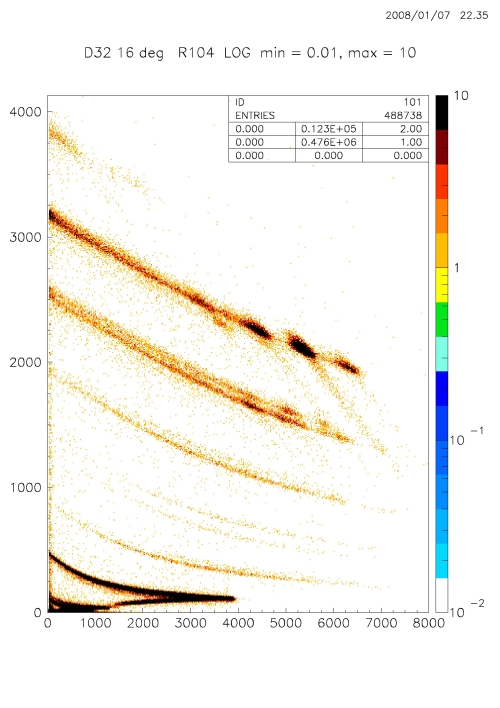ICARE
ICARE is the charged particles detector system used for their identification and energy measurements. Built in the IReS (Strasbourg) is presently installed at HIL (Fig.1).
ICARE at HIL – project milestones
- April 2004 – first ideas
- December 2004 – official statement from IReS and HIL
- December 2004 – program PICS dedicated for the project started
- May 2005 – ICARE set-up test performed in Strasbourg
- July 2005 – experimental vault for ICARE adapted
- November 2005 – ICARE transported to Warsaw
- December 2005 – assembly of ICARE mechanical parts in the vault (with the help of IReS team)
- November 2007 – first experiments
Figure 1: Localization of the ICARE setup in the HIL experimental hall.
The ICARE system consists of the 1m diameter reaction chamber with up to 48 E-ΔE gas and semiconductor telescopes , supplied with the electronics and data acquisitions systems (see Fig.2).
Figure 2: ICARE at HIL.
The detectors can be mounted in any configuration preferred by users, using internal mounts. The self-supporting target holder allows to use up to 6 different targets. It can be remotely operated without necessity of opening the reaction chamber. The detector system layout is presented in Fig.3.
Figure 3: Inside view of ICARE
The ICARE system can be equipped with three kind of telescopes :
- gas + Si telescope ( Fig. 4(a) )
- Si + CsJ(Tl) telescope ( Fig. 4b )
- Si + Si + CsJ(Tl) telescope ( Fig. 4c )
Figure 4: Telescopes for the ICARE system. (a) Gas + Si telescope, (b) Si + CsJ(Tl) telescope (c) Si + Si + CsJ(Tl) telescope.
An example of charge and mass identification from test measurement of angular distribution of products from 14N + 12C are in Fig. 5.
Figure 5: Reaction products observed in one of the Si ΔE-E telescope in the 14N + 12C reaction at the Lab energy 80 MeV.
On the plot: raw spectra ΔE vs E.
Experimental programme to be performed using the ICARE system:
- Study of properties of isotopes far from stability line produced in heavy-ion reactions.
- Studies of fusion barrier height distributions using the quasi-elastic scattering method.
- Study of nucleus deformation using light-charged particles emission spectra.


